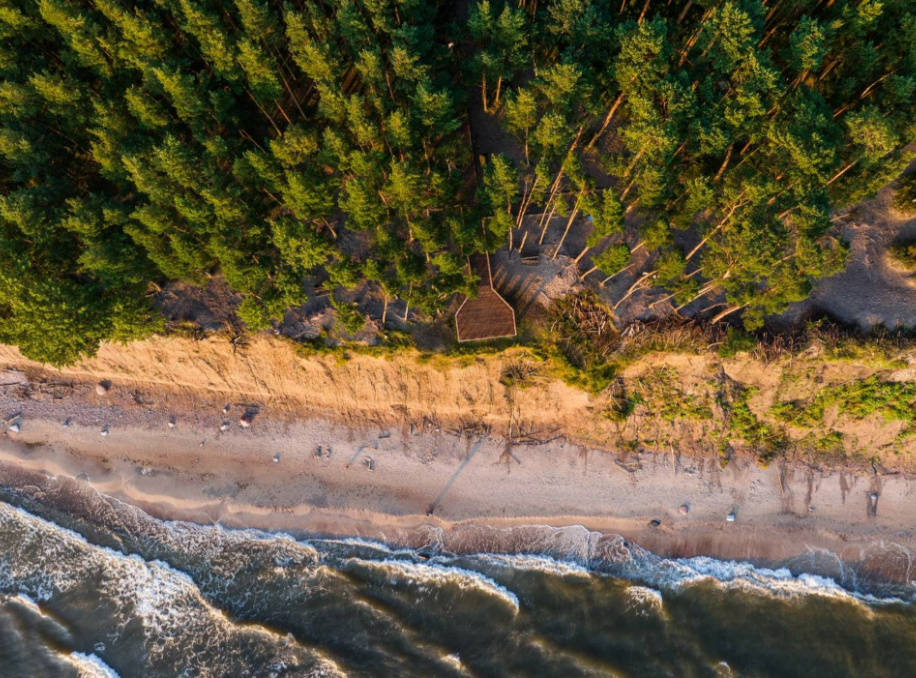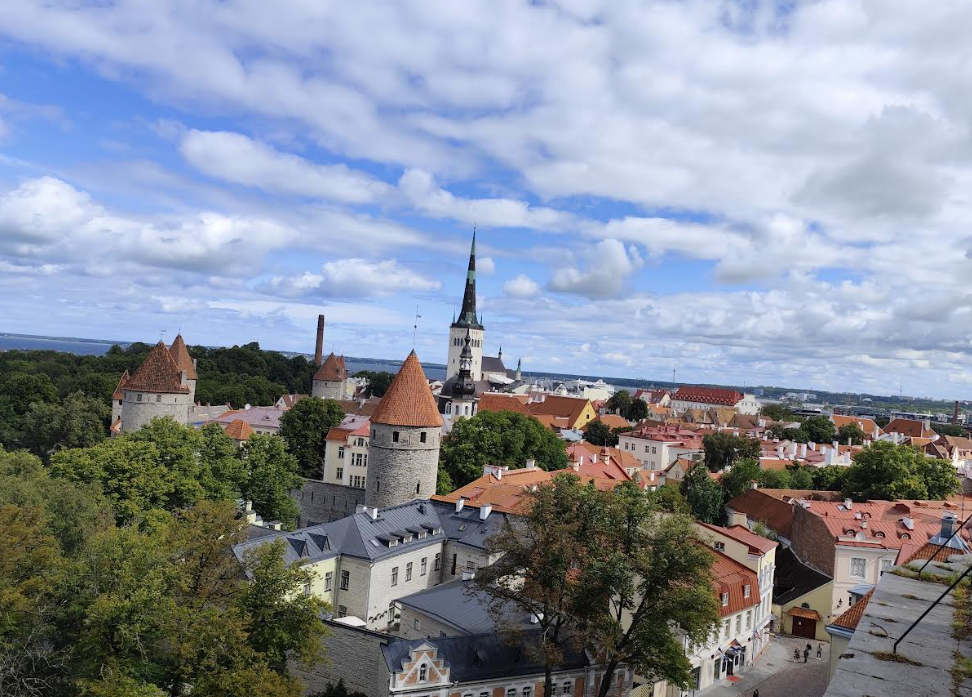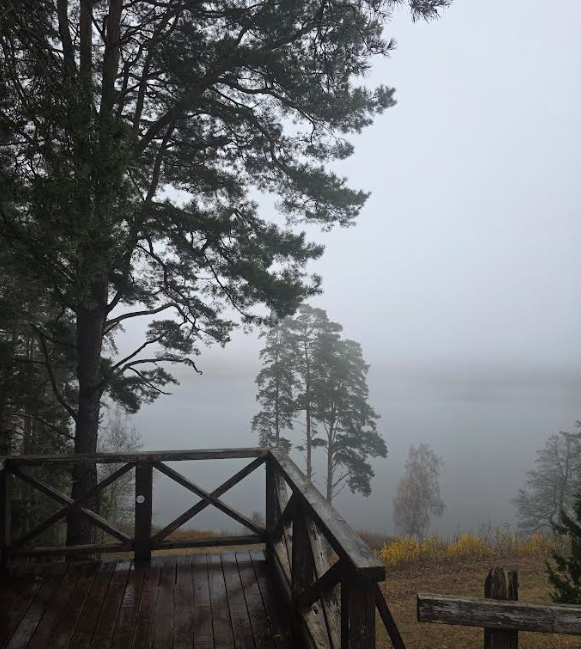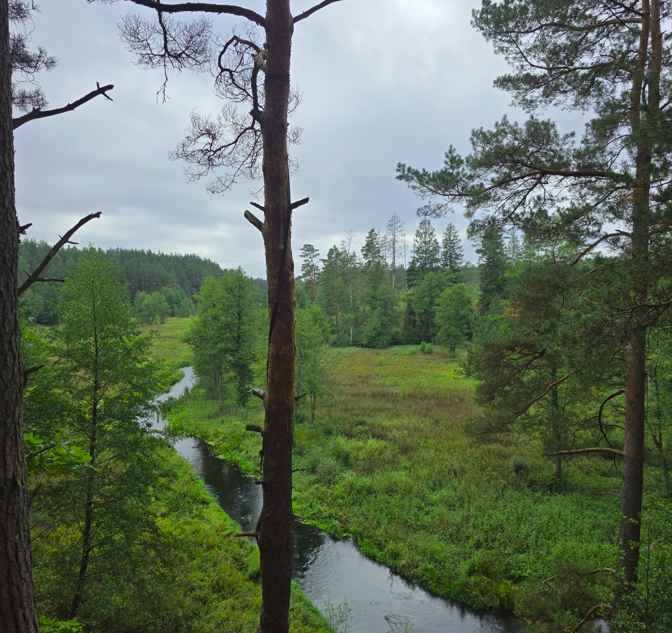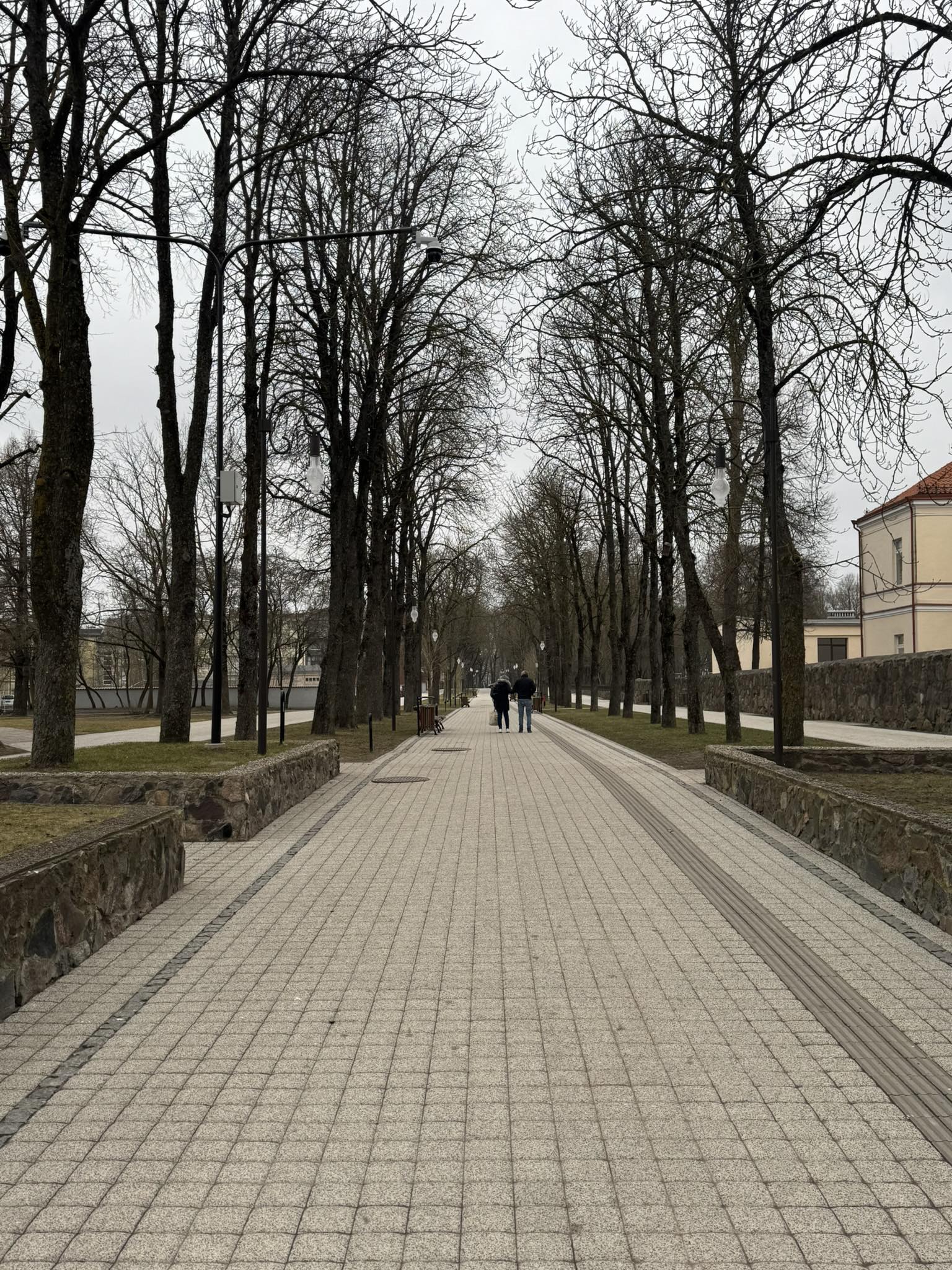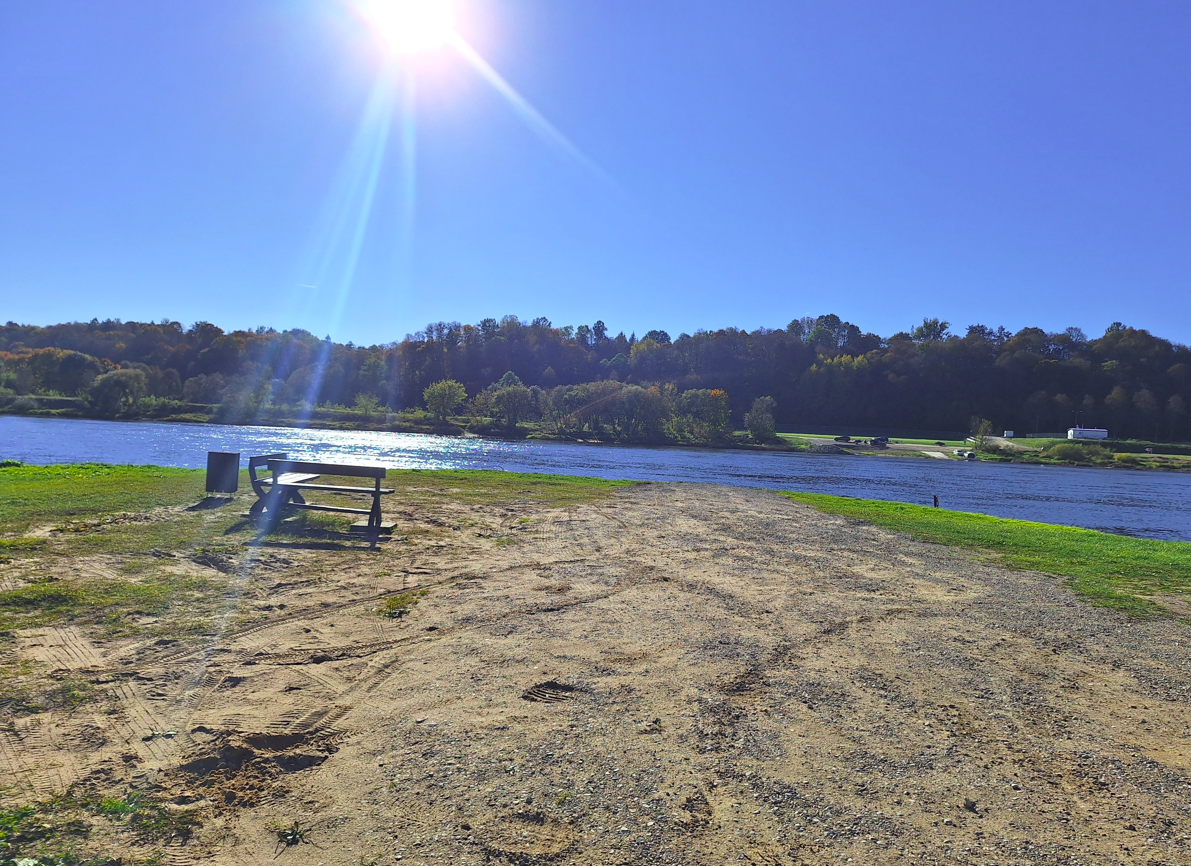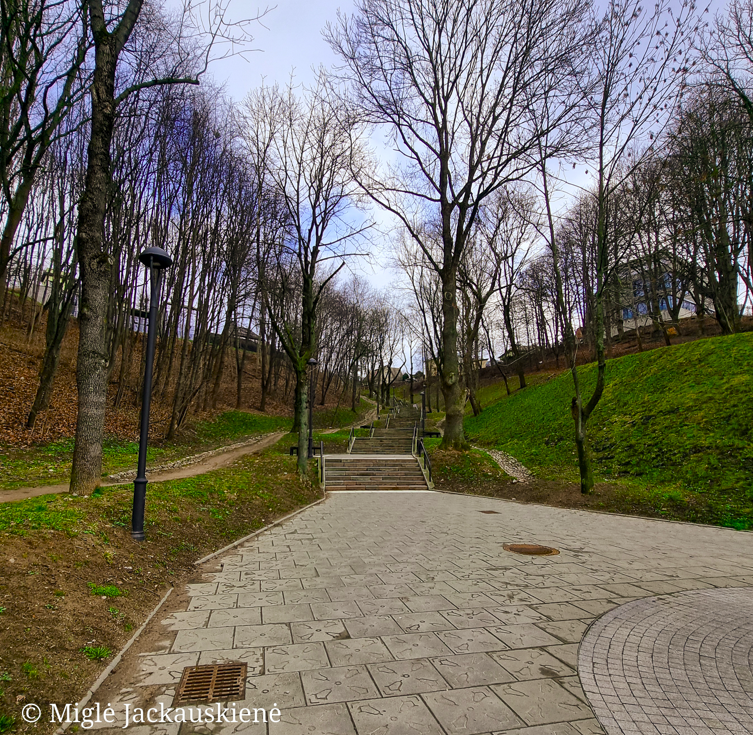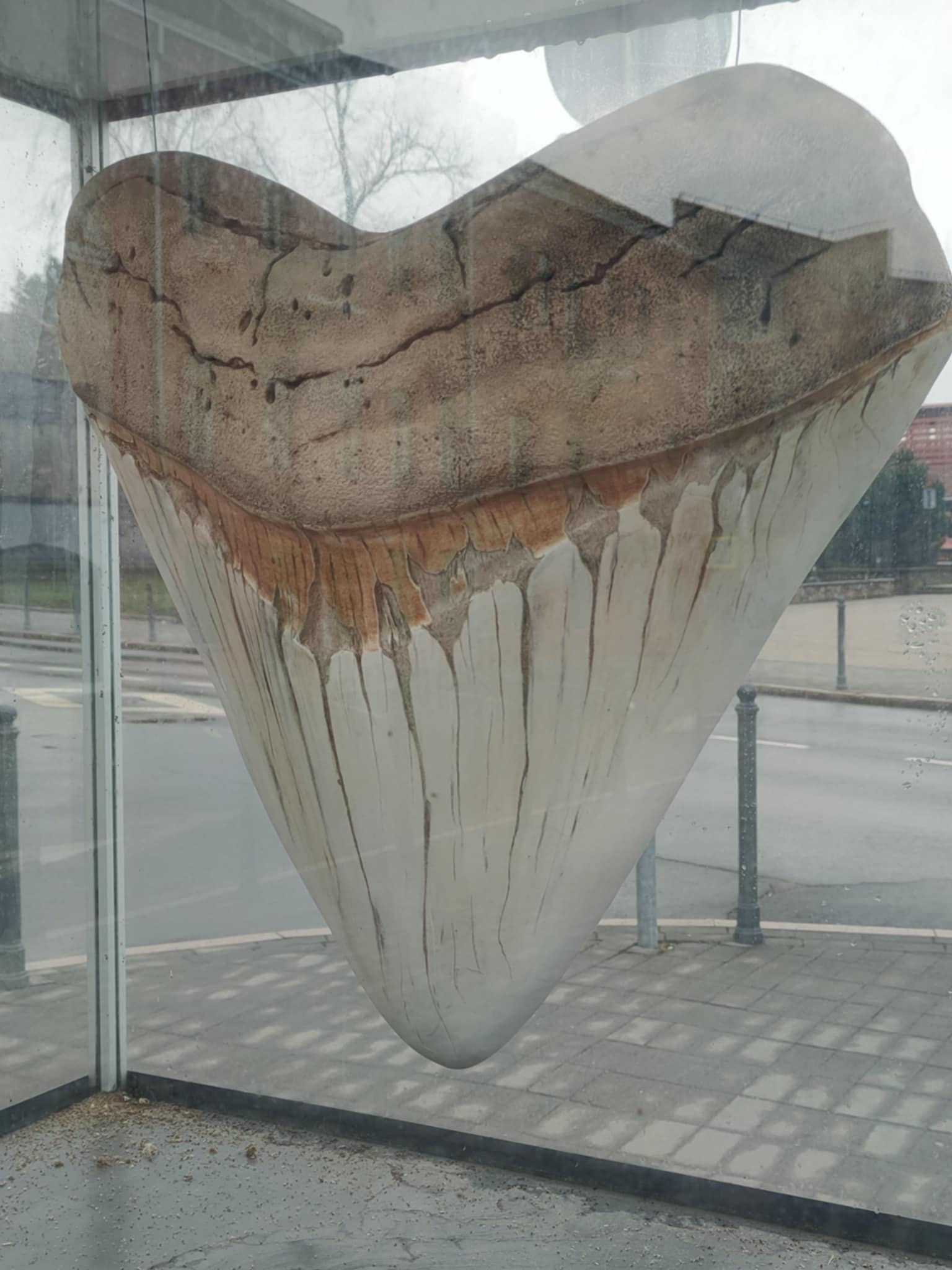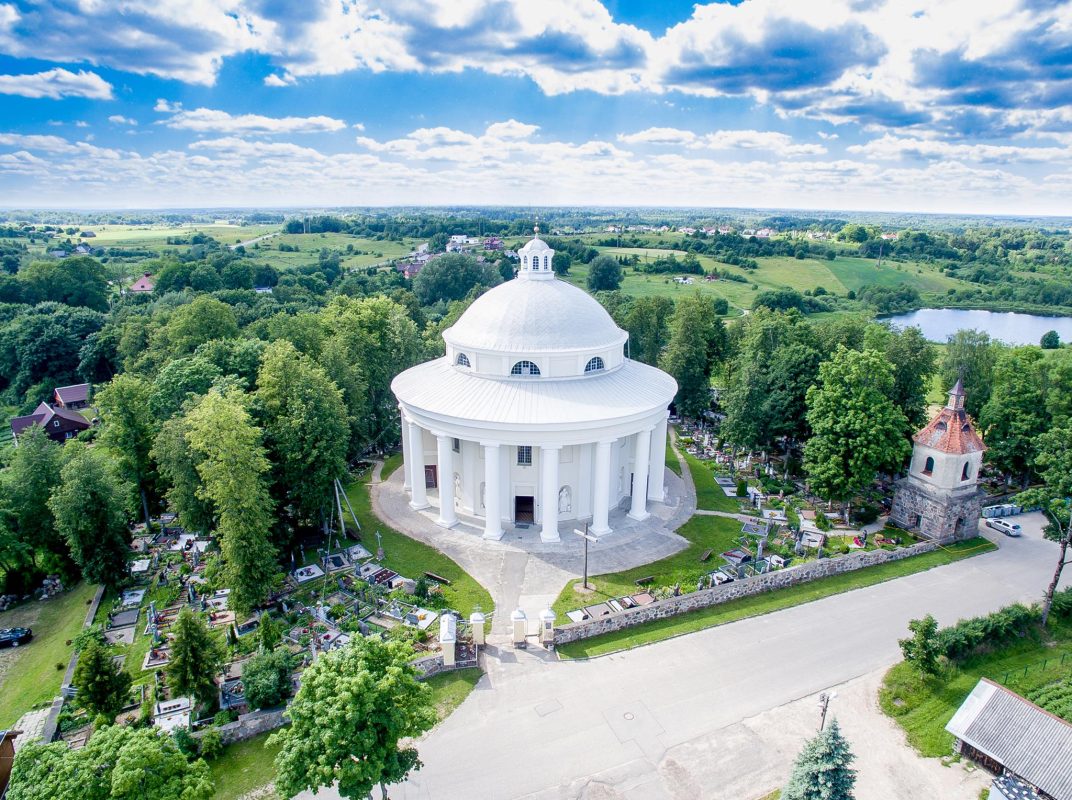Sudervė Church

1468

2

1
5 out of 5
(1 reviews)
This sanctuary, considered an invaluable architectural masterpiece, is one of the most prominent representatives of the classicist rotunda style. Laurynas Stuoka Gucevičius, the author of this project and one of the most renowned architects, created the church's blueprints at the end of his life. Dominican Laurynas Bortkevičius oversaw the construction work from 1803 to 1822, during which the original design underwent a few minor changes. The masonry walls and the gently curved dome create a harmonious appearance.
Info
-

Religious Heritage
-
This sanctuary, considered an invaluable architectural masterpiece, is one of the most prominent representatives of the classicist rotunda style. Laurynas Stuoka Gucevičius, the author of this project and one of the most renowned architects, created the church's blueprints at the end of his life. Dominican Laurynas Bortkevičius oversaw the construction work from 1803 to 1822, during which the original design underwent a few minor changes. The masonry walls and the gently curved dome create a harmonious appearance.
An octagonal lantern added in a later phase adorns the top of the dome, while the eastern part of the building features an impressive Doric-style portico with six columns. It houses large statues, 2.75 meters high, of the four Evangelists – St. Matthew, St. Luke, St. Mark, St. John – as well as St. Apostles Peter and Paul. The church, known for its acoustic properties, captivates not only with its exterior beauty but also with the interior
acoustics, which can be experienced from the stairs built into the walls leading to the interior of the dome.
In 1902, a group of Tyrolean painters undertook the decoration of the church interior, including altar paintings and frescoes. The central compositions of the vaults and dome, depicting the coronation of the Virgin Mary, are the work of these artists, showcasing the Tyrolean artistic contribution.
Near the entrance to the church, the holy water stoups depicting St. John the Baptist and an angel are another unique architectural element that adds to the church's distinctiveness.
The church walls are adorned with images of St. Stanislaus and St. Anthony of Padua, while the central altar, inspired by the Gates of Dawn in Vilnius, features figures of St. Joachim and St. Anne. This sacred place, further embellished with two angels by the tabernacle and bas-relief carvings in the side altars, reflects deep religious symbolism and artistic mastery.
Found a mistake?
Report

 Entertainment
Entertainment
 Food establishments
Food establishments











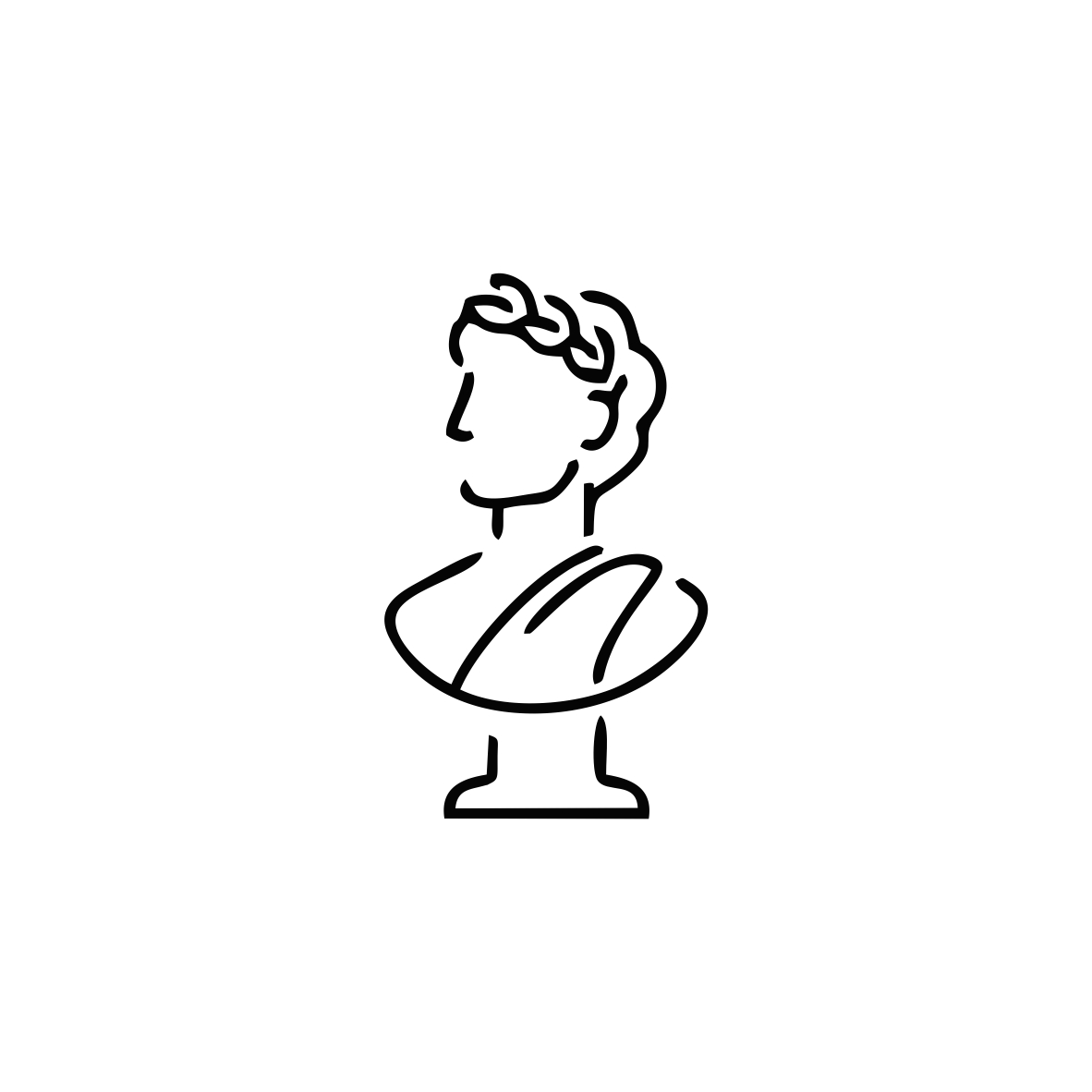





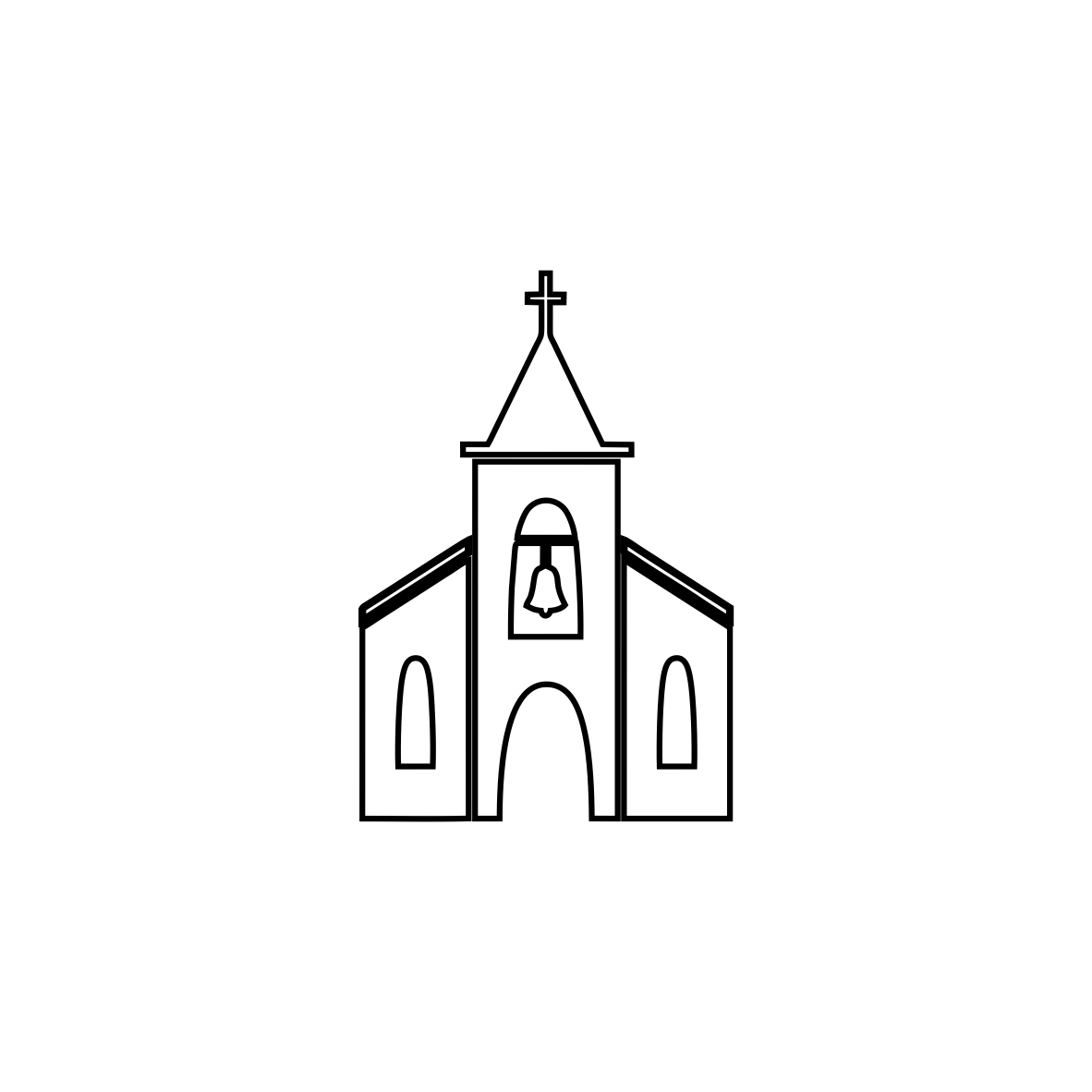
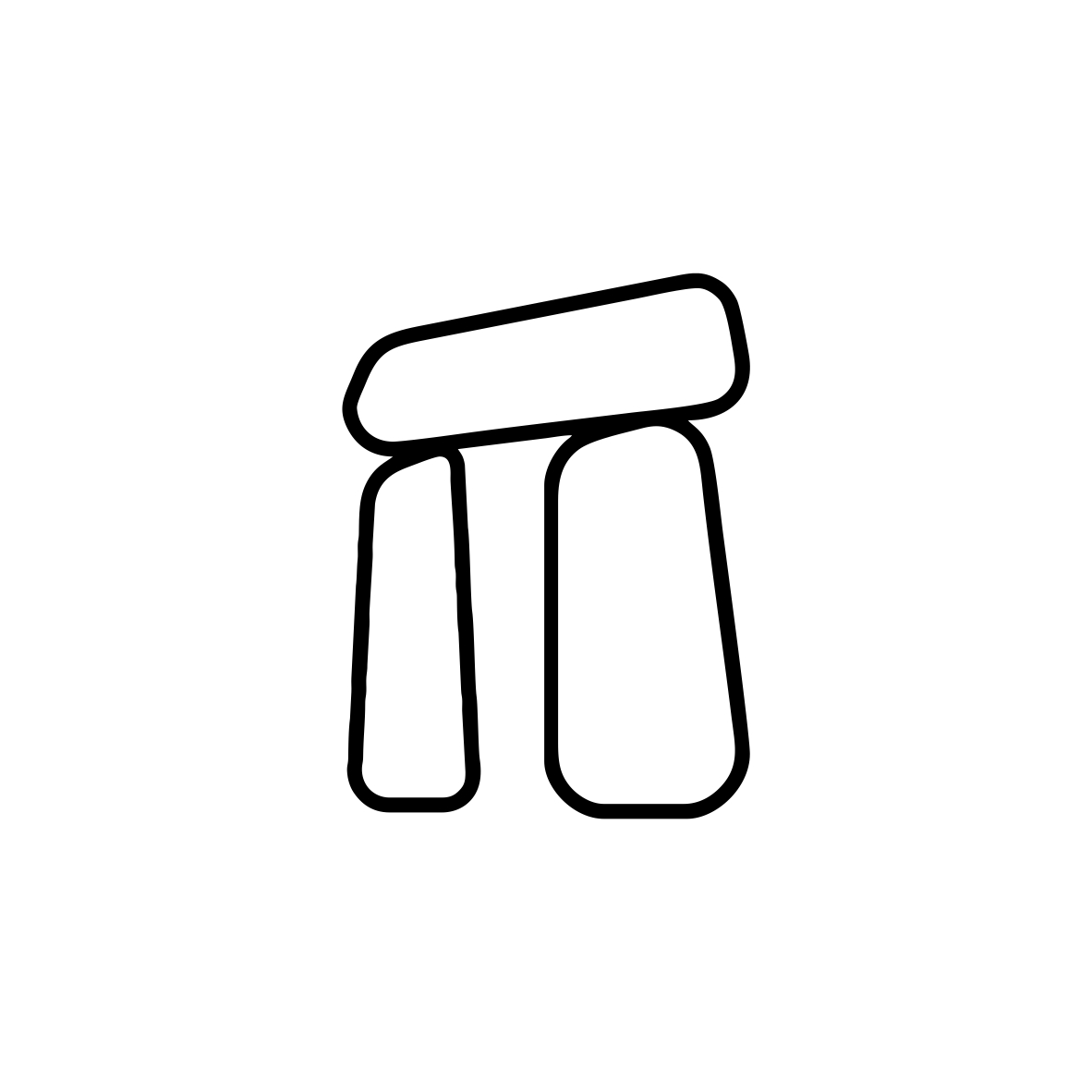



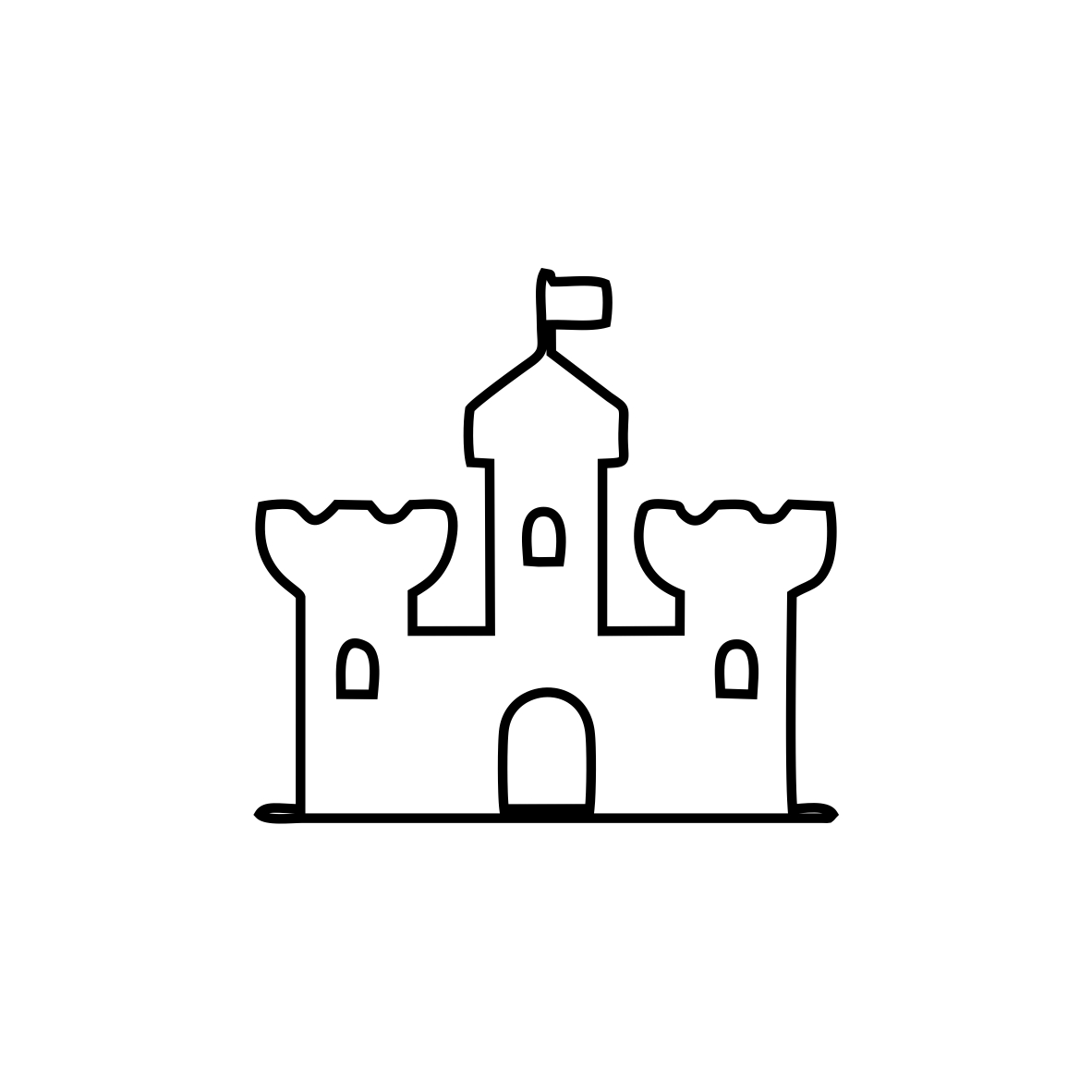
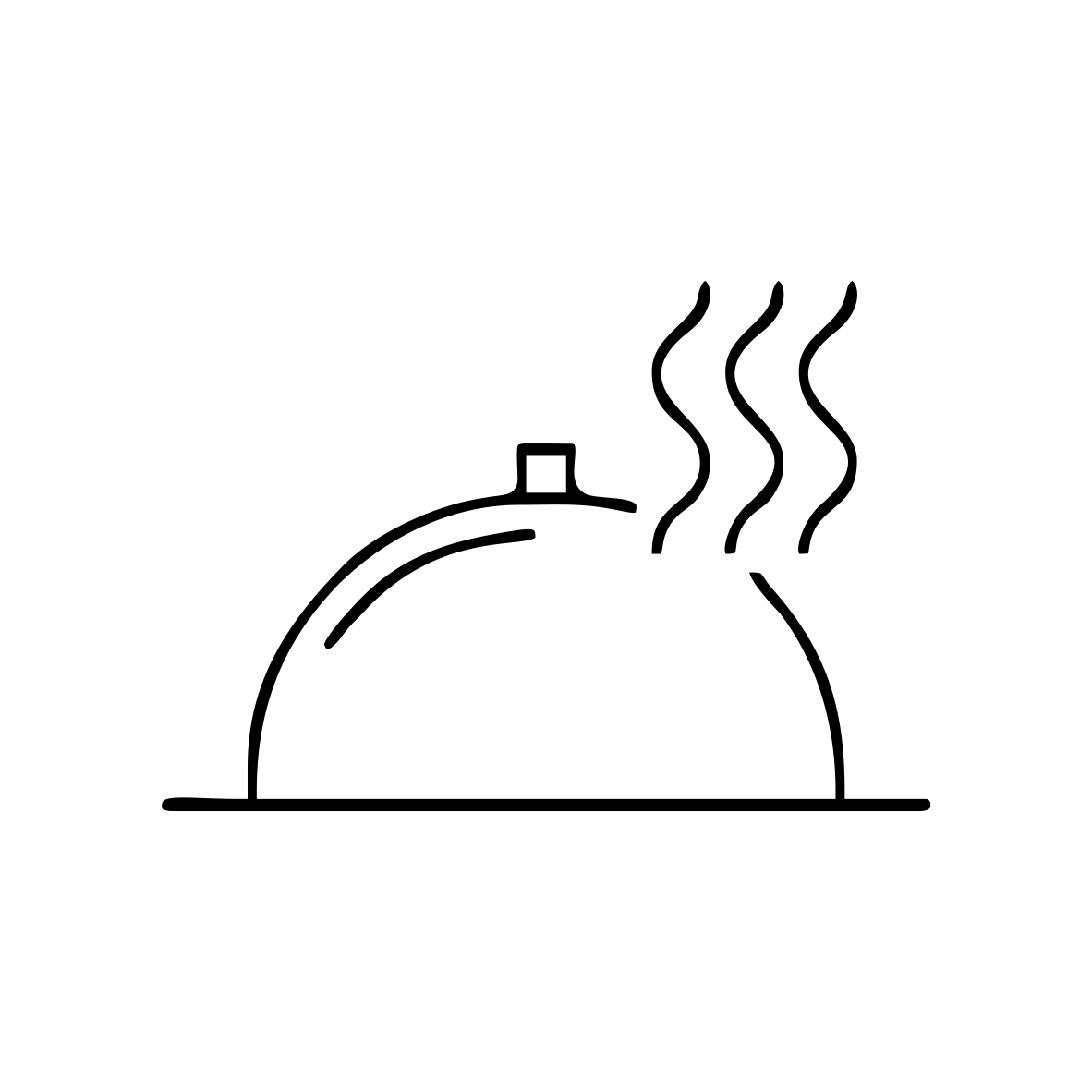





 54.780225, 25.084703
54.780225, 25.084703
 Get directions
Get directions